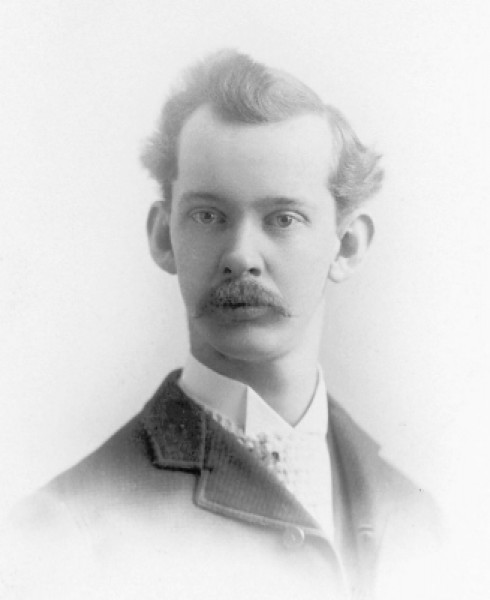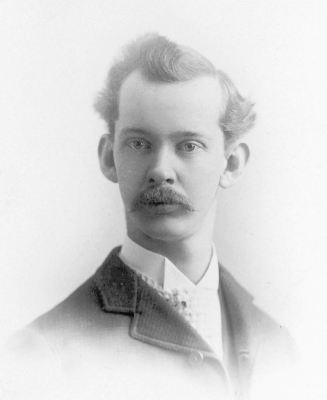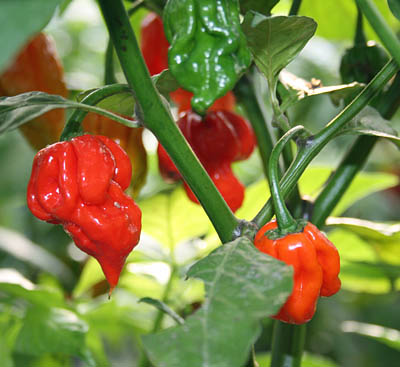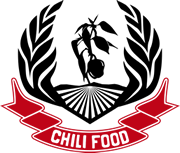Measuring spiciness in Scoville Units

Measuring spiciness in Scoville Units
How can we measure spiciness?
Measuring the spiciness of chilies and chili products is important so that both producers and consumers know how much spiciness the various products include.
The organoleptic test from Scoville
 In 1912, Wilbur Lincoln Scoville, who worked as a chemist for the pharmaceutical company Parke-Davis (now Pfizer), developed a measuring method for the spiciness of chilies to allow for a precise pharmaceutical dosage of Capsaicin. A mixture of chili powder and alcohol was prepared, and this was diluted with sweetened water until a tester could no longer sense any spiciness on their tongue. This means that the spicier the chili is, the more it must be diluted: if you need 1 litre of water (1.000ml) to thin 1 ml of chili tincture so that no more spiciness can be perceived, then the spiciness of this chili is 1.000 Scoville Units, the value for a relatively mild chili. In his experiments, Wilbur Scoville came across dilutions of up to 1:100.000 (this corresponds to a dilution of 100 litres for 1 ml).
In 1912, Wilbur Lincoln Scoville, who worked as a chemist for the pharmaceutical company Parke-Davis (now Pfizer), developed a measuring method for the spiciness of chilies to allow for a precise pharmaceutical dosage of Capsaicin. A mixture of chili powder and alcohol was prepared, and this was diluted with sweetened water until a tester could no longer sense any spiciness on their tongue. This means that the spicier the chili is, the more it must be diluted: if you need 1 litre of water (1.000ml) to thin 1 ml of chili tincture so that no more spiciness can be perceived, then the spiciness of this chili is 1.000 Scoville Units, the value for a relatively mild chili. In his experiments, Wilbur Scoville came across dilutions of up to 1:100.000 (this corresponds to a dilution of 100 litres for 1 ml).
This degree of dilution of the chili-alcohol mixture was designated as a measure for spiciness. In Scoville’s honour, this measuring unit is specified in SHU (Scoville Heat Units). The spiciness scale ranges from 0 SHU (no spiciness: sweet peppers) to 16 million SHU (chemically pure Capsaicin in a crystalline form). However, this measurement method is complicated and imprecise, as every person has a different sensitivity to spiciness and are used to spiciness at varying degrees. Therefore 6 independent testers had to test the dilutions, but this approach also contains great sources of error.
The current measuring method: High Performance Liquid Chromatography (HPLC)
Today, the much more accurate chemical-analytical measurement method, High-Performance Liquid Chromatography – HPLC, has replaced Scoville’s organoleptic test. Using specific light spectra for Capsaicin and Dihydrocapsaicin, their concentration is measured in a solution. However, the spiciness levels are still measured in Scoville Units as before.
Example values in Scoville Units (SHU)

The current spiciest chili, which received an entry in the Guinness Book of World Records in 2013, is the Capsicum chinense hybrid Carolina Reaper. Its average value lay at over 1.5 million SHU with top values of up to 2.2 million SHU. The Trinidad Scorpion Butch Taylor, which previously held the title of the world’s spiciest chili, achieved a proud value of 1.463 million Scoville Units. The frequently used Tabasco Pepper Sauce with 2.500-5.000 SHU seems quite mild in comparison. The popular Jalapeños lay at 1.000 – 15.000 SHU, and the various types of Habanero have spiciness levels of 100.000 to 500.000 SHU.
So-called Chili Heads love sauces with extremely high spiciness levels of over 200.000 SHU, such as the Black Widow Hot Sauce. However, these should only be used by die-hard spice lovers, and in minimal doses.
Picture credits:
Image 1: Wilbur Scoville (1865 – 1942) in the College Yearbook 1910 - Henrietta Benedictis Health Sciences Library, Massachusetts College of Pharmacy and Health Sciences, Source: Wikipedia public domain
Image 2: Trinidad Scorpion Butch T. Chili Plants© Chili Food
Manufacturer
Name: | Chili-Food-Wissen |
Address: |
Sehr gut verständlich. Danke
Gut verständlich!!!
Ein wirklich sehr guter und gut verständlicher Artikel








